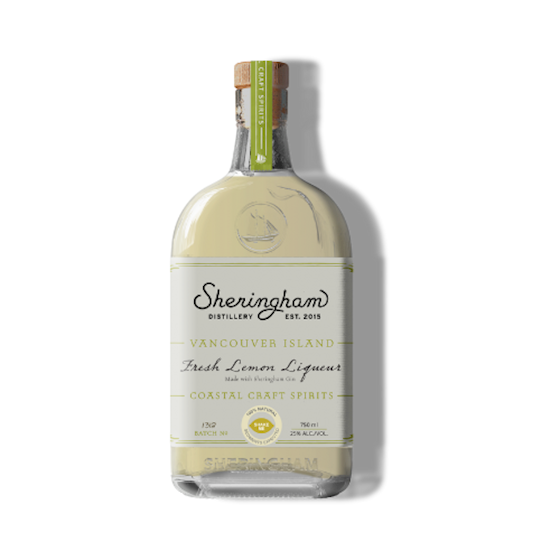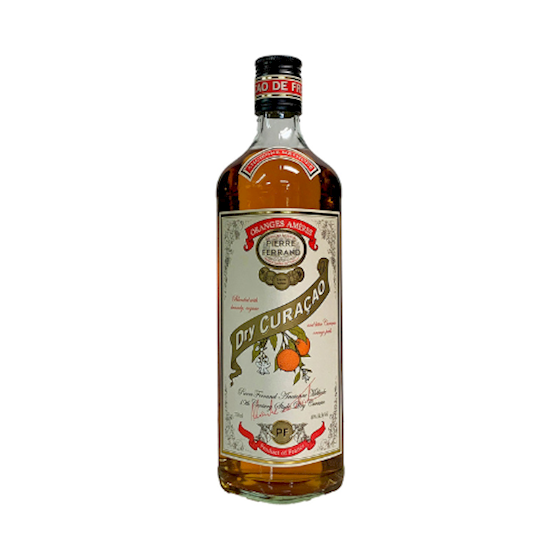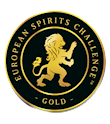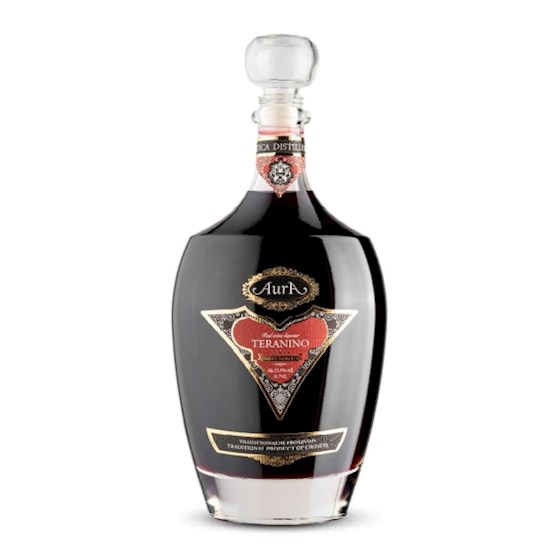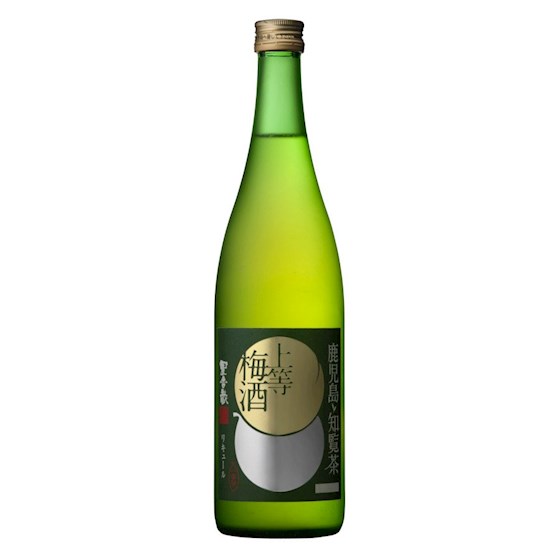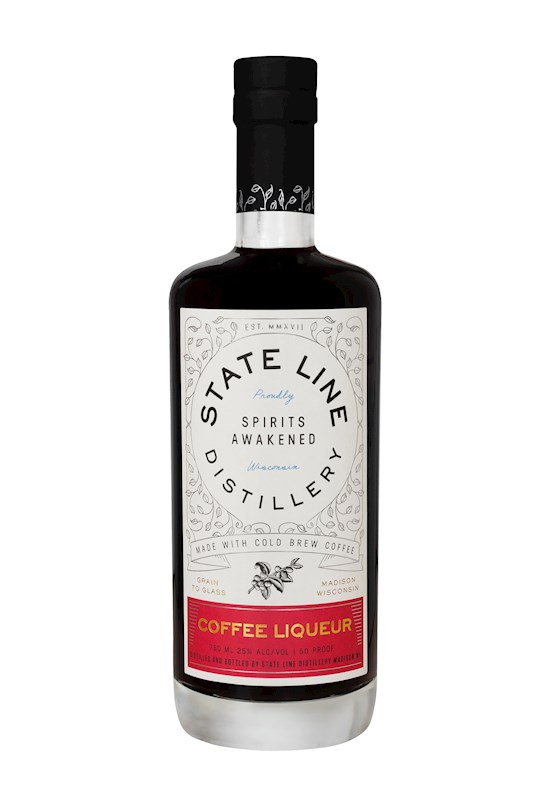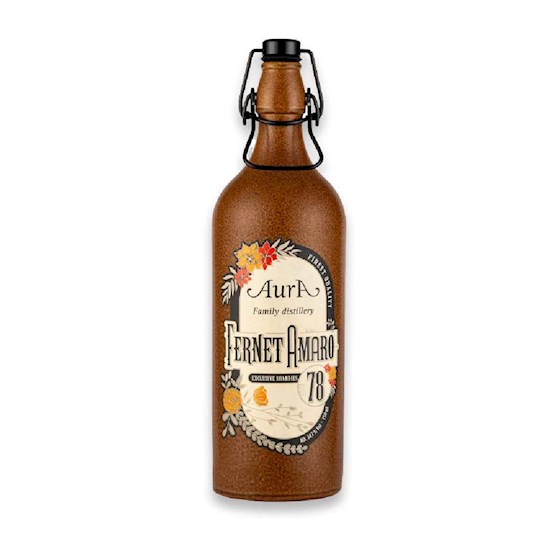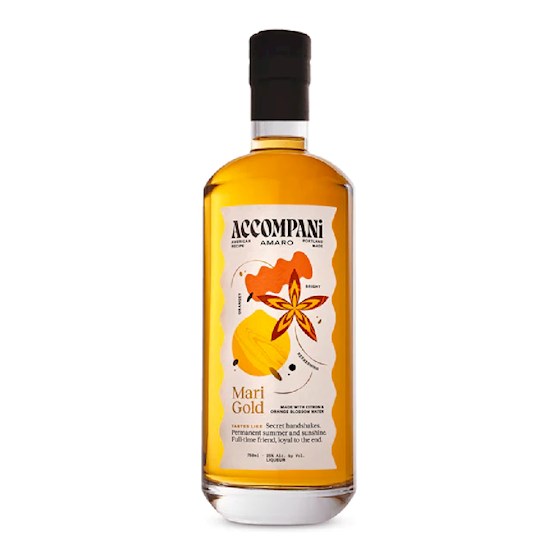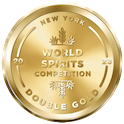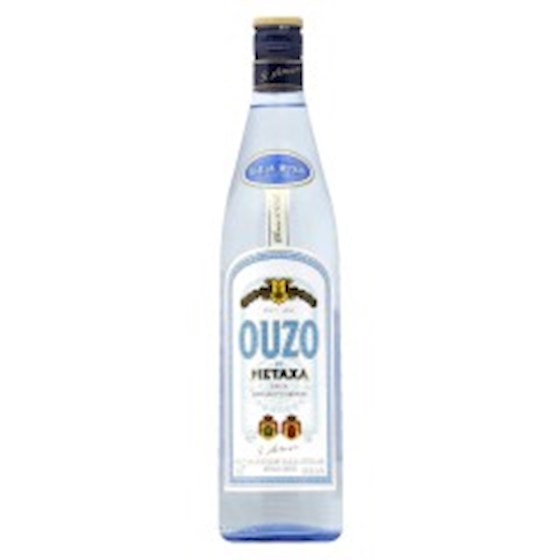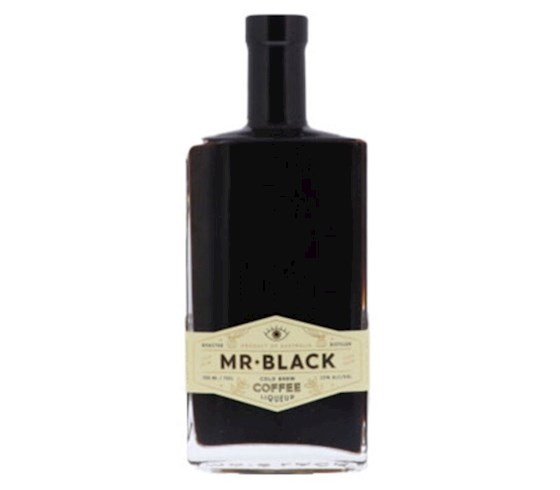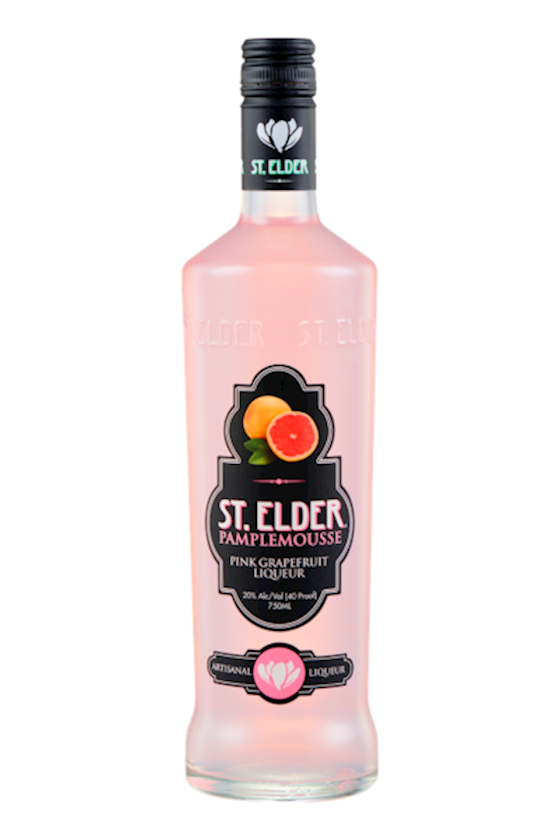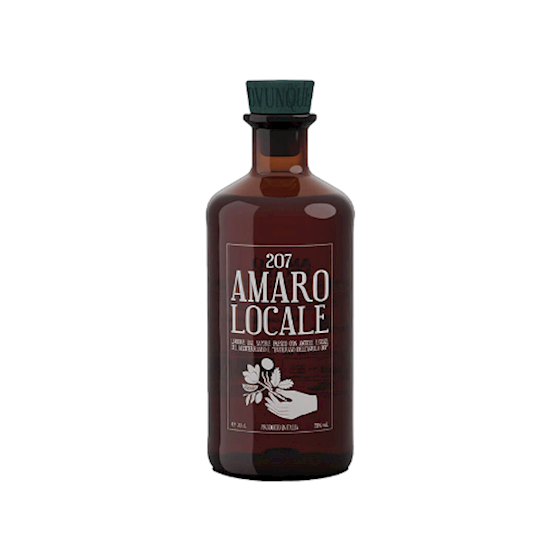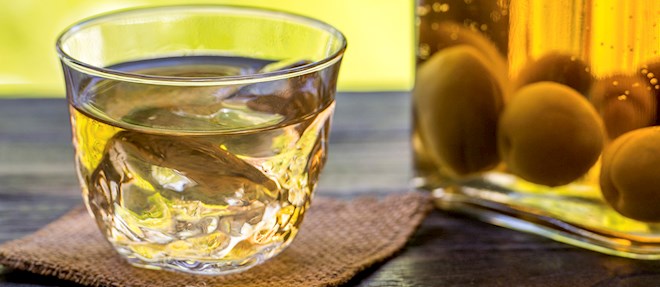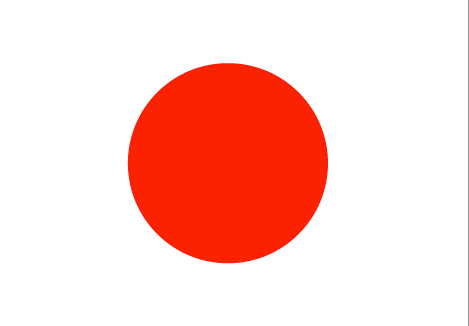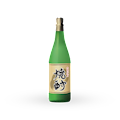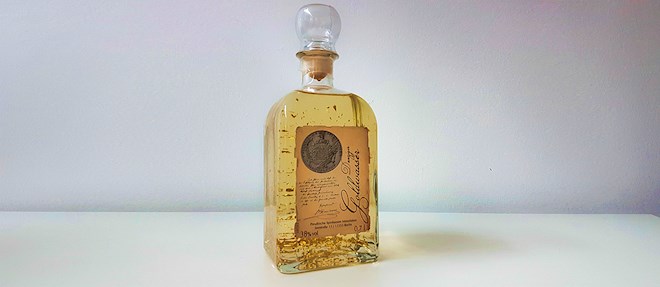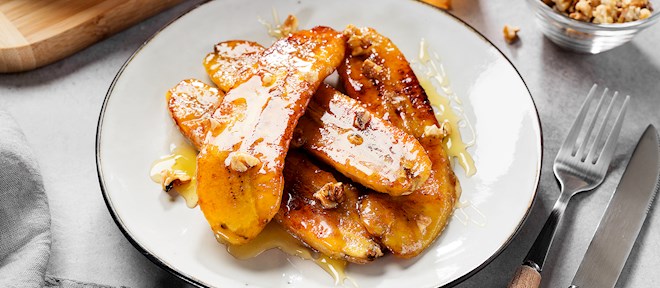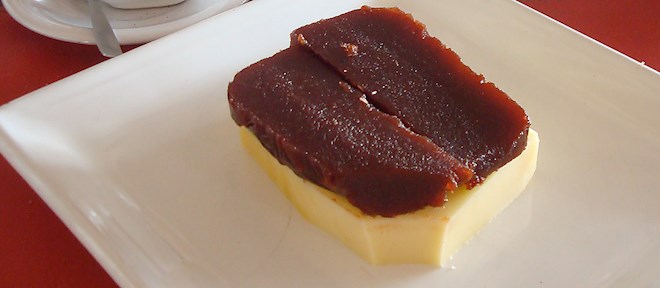Liqueur
Liqueurs

Amarula

Hailing from South Africa, this cream liqueur is produced with a base spirit that is distilled from carefully selected and hand-picked fruits of African marula, which is also known as elephant tree. The base is aged and then combined with sugar an... READ MORE
Goldwasser

Hailing from Gdańsk, this herbal liqueur is easily distinguished by the flakes of real gold. According to the written records, it first appeared in 1598, and it was an invention of a Dutch Ambrose Vermollen who created a recipe that was based on a... READ MORE
Averna
Averna is a popular Italian bitter digestif that was named after its inventor Salvatore Averna who created it in 1868. Some sources state that the recipe was handed to the Avernas by a monk of the local San Spirito monastery. The exact in... READ MORE
Chios Mastiha
Chios Mastiha is a Greek liqueur that is made with Masticha Chiou—a resinous sap of the Schinias tree. Although Schinias is found in other Mediterranean countries, the plant only produces resin on Chios, presumably because of the is... READ MORE
Disaronno
Hailing from Saronno, this renowned amaretto brand is produced with a base spirit, apricot kernel oil, burnt sugar, and 17 different herbs, fruits, and spices. The brand claimed the invention of the original amaretto in the 16th century, and throu... READ MORE
Rakomelo
Rakomelo is a Cretan drink that combines honey and tsikoudia, a clear Cretan spirit that is sometimes referred to as raki, though it is not anise-flavored like the namesake Turkish spirit. The drink is often flavored with herbs and spices... READ MORE
Teranino
Teranino is a unique Croatian liqueur produced with fruit or pomace brandy and red wine made from Teran variety—hence the name. This liqueur is usually sweetened and flavored with various botanicals such as cinnamon, cloves, star an... READ MORE
Baileys
This acclaimed cream liqueur is produced with a combination of neutral alcohol, triple distilled Irish whiskey, and cream, which is supplied by small, local Irish family farms. The base of the liqueur is additionally enriched with vanilla, cocoa, ... READ MORE
Amaretto
This classic liqueur is made with different combinations of neutral spirits, caramel, sweet or bitter almonds, various herbs, spices, and occasionally apricot kernel oil. Though its name stems from the Italian amaro, meaning bitterREAD MORE
Ginjinha
Ginjinha (Ginja) is a traditional sour cherry liqueur that is mostly associated with Óbidos and Alcobaça, but the drink is enjoyed throughout the country, and it is also especially popular in Lisbon and Algarve. The creation... READ MORE
Frangelico
This pale gold liqueur is distilled from a hazelnut infusion which is blended with various flavoring agents such as vanilla, chocolate, or coffee. The base concentrate is then combined with alcohol, sugar, and water before it is left to age. F... READ MORE
Coconut Rum
Coconut rum is a somewhat misleading term that mostly refers to coconut-flavored liqueurs typically based on rum. These liqueurs can have natural or artificial coconut flavors and aromas, while the base is usually made with white or gold ... READ MORE
Sheridan’s
Hailing from Dublin, this coffee cream liqueur comes packed in a double-sided bottle. One part consists of a light liqueur that combines fresh Irish cream and vanilla flavoring and comes at 15.5% ABV, while the other side consists of a chocolate-f... READ MORE
Amargo Obrero
Amargo Obrero is a dark brown bitter characterized by its herbal, almost licorice flavor. It was initially created in 1887 as a response to the sweet drinks of the upper classes, and since then it has been known as the aperitif of the Arg... READ MORE
Grand Marnier
Created in 1880 by Louis Alexandre Marnier Lapostolle, Grand Marnier Cordon Rouge (lit. red ribbon) is a sophisticated blend of cognacs infused with the distilled essence of bitter oranges. In addition to Lapostolle's secret touc... READ MORE
Kahlúa
This award-winning Mexican coffee liqueur was first introduced in 1936. It was created in Veracruz and was named Kahlúa, which in ancient Veracruz Nahuatl language means the house of the Acolhua people. Rum-based Kahl&uacu... READ MORE
Maesil-ju
Maesil-ju is a traditional liqueur made with small-sized Asian plums (Prunus mume). Either unripe green or ripe yellow fruits can be used, sometimes even a mixture of both varieties. The drink is traditionally produced by steeping the fru... READ MORE
St-Germain
St-Germain is a French elderflower liqueur that was first introduced in 2007. It is produced by an artisanal technique which starts by macerating fresh elderflowers in warm water. The infusion is then filtered and combined with fruit bran... READ MORE
Limoncello
This Italian liqueur is made with lemon zest that is left to infuse in a neutral spirit. The combination is mixed with sugar and water, and it is then filtered after a resting period. Although it is enjoyed and produced throughout Italy, limon... READ MORE
Chartreuse
Chartreuse is one of the oldest and most popular French liqueurs. It is believed that the drink originates from an ancient manuscript that was sent to the Grande Chartreuse monastery at the beginning of the 18th century. In 1764, the Cart... READ MORE
Cointreau
This classic triple sec was created by the Cointreau brothers, who managed to distill sweet and bitter orange peels to create a slightly sweet, fresh liqueur with incredibly concentrated flavor. The brand was first registered as triple sec in 1885... READ MORE
Aperol
Hailing from Padua, this Italian liqueur was invented in 1919 by the Barbieri brothers. It has been produced following the original secret infusion that combines bitter and sweet oranges, rhubarb, herbs, and alcohol. It is characterized by its com... READ MORE
Angostura Bitters
Angostura is a concentrated bitters made with herbs and spices. It was developed in 1824 in the Venezuelan town of Angostura (now called Ciudad Bolívar), when a German doctor Johann Gottlieb Benjamin Siegert, who was a surgeon gene... READ MORE
Licor 43
Also known as Cuarenta y Tres, which translates as forty-three, this sweet liqueur was first produced in the 1940s by Diego Zamora and other members of the Zamora family who claim that their recipe was based on an ancient liqueur... READ MORE
Nocino
Nocino is an Italian liqueur that is prepared with a maceration of unripe green walnuts in a combination of alcohol and sugar, with the occasional addition of spices, predominantly cinnamon and cloves. The process results in a dark, almos... READ MORE
Maraschino
This clear cherry-flavored liqueur dates back to the 16th century when it was first made by Dominican monks in Zadar. It is produced from the fruits (including the pits) of Marasca cherries, which give Maraschino its unique, intense aroma... READ MORE
Tentura
Tentura is a traditional liqueur that hails from Patras. It is prepared by infusing brandy or rum with herbs and spices. The most common flavorings include cinnamon and cloves, but the recipes often also use nutmeg and citrus fruit. Tentu... READ MORE
Amaro Lucano
Lucano is an Italian amaro that is flavored with more than 30 botanicals. Some of them are familiar such as wormwood, sage, gentiana, angelica, bitter orange, and ruta, but the exact composition and the recipe remain secret. The resulting... READ MORE
Amaro Bràulio
Bràulio is an Italian amaro that was created in 1875 by Francesco Peloni, a chemist from Bormio who was an expert in medicinal herbs from the alpine Valtellina region. Although the recipe and the exact ingredients are kept secret, ... READ MORE
Ronmiel de Canarias
Ronmiel de Canarias is a traditional liqueur made with honey and rum. As the name suggests, it hails from the Canary Islands, where it was initially mixed in homes and bars, while the commercial production started in the 1950s. Ronmiel is... READ MORE
Rompope
Latin American version of eggnog goes under the name rompope. The drink is based on a combination of rum or brandy, milk, sugar, and egg yolks, while the additions may include nuts and typically vanilla flavoring, nutmeg, or cinnamon. It is believ... READ MORE
Pimm's
This gin-based aperitif is officially classified as fruit cup—a beverage that is meant to be mixed into a long drink. It was invented in 1840 by a London oyster bar owner James Pimm who first offered it to his guests as a health ton... READ MORE
Amaro Montenegro
Montenegro is a popular Italian liqueur and a type of amaro that has been produced in Bologna since 1885. It is made with 40 botanicals sourced from four continents, and it remains one of the most popular and best-selling amari in Italy. ... READ MORE
Ratafia catalana
Catalonian ratafia is a rich and aromatic nut liqueur that belongs to the broad category of ancient ratafia liqueurs mostly associated with Mediterranean countries. It originated as a homemade beverage made with availabe ingredients and w... READ MORE
Campari
This vibrant red, dry Italian liqueur is produced with a neutral alcohol base that is infused with an extract of various bitters and aromatics such as pomegranate, ginseng, orange peel, the bark of cascarilla trees, and citrus oil. It was invented... READ MORE
Dishes with Liqueur
Bananas Foster

Bananas Foster is an iconic dessert created in New Orleans in 1951. It consists of bananas sautéed in a combination of rum, brown sugar, banana liqueur, butter, and spices. When the bananas are slightly tender and begin to brown, cooks set ... READ MORE
Pastafrola

Even though their name and origin stem from Italian tradition, pastafrola tarts have become an integral part of South American cuisine. They traditionally combine buttery shortcrust pastry and various fillings such as quince cheese, dulce de leche... READ MORE
Postre vigilante

Vigilante is a simple Argentinian dessert consisting of a thick slice of cheese topped with a sweet, jelly-like fruit paste (dulce). Although it is usually prepared with quince or sweet potato dulce, regional varieties include goat cheese... READ MORE
Venizelika

Venizelika is a traditional sweet hailing from the island of Lemnos, made with ground almonds, grated chocolate, cocoa, liqueur (usually orange- or cherry-flavored liqueur), sugar syrup or powdered sugar, and (sometimes) walnuts. The method of pre... READ MORE
Lists
- Top 100European Liqueurs
- Top 100Liqueurs in the World
- 84 Worst RatedLiqueurs in the World
- Top 100Western European Liqueurs
- Top 75Italian Liqueurs
- Top 56French Liqueurs
- Top 81North American Liqueurs
- Top 100Central European Liqueurs
- Top 13Caribbean Liqueurs
- Top 12Spanish Liqueurs
- Top 14Lombard Liqueurs
- Top 34German Liqueurs

